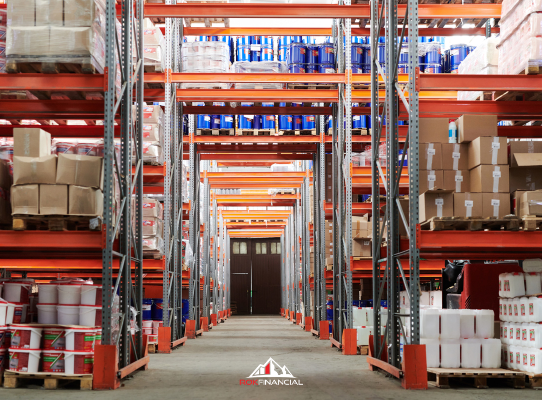Bad Credit? Know Your Options
If you are a trucking business owner, you know how essential your transportation business is, especially during the pandemic.
Several companies are struggling to stay afloat in these times, and it is not always easy to decide where to look for a loan. The situation can feel particularly hopeless if you feel that you have a bad credit score that prevents you from applying.
It is true that as a trucking company with bad credit, receiving a loan can be difficult. But it depends on where you are looking for financing. There are various types of small business loans you can apply for when you need financing for your trucking business.
Financial Benefits for Your Trucking Business
The first of the options for trucking business loans is equipment financing. If you are unfamiliar with the term equipment financing, it is a type of loan that trucking businesses can use to purchase equipment.
The idea is that instead of using your capital from the business you own, you can use this type of financing to cover the many equipment costs that trucking companies often need. After paying off the loan and interest over a planned period of time, you will own the equipment.
Luckily for smaller trucking businesses, things like equipment financing do not necessarily require you to pay large amounts out of pocket for your trucks and other equipment. This type of financing also means you have more time and money of your own to help your business and increase capital.
A more flexible loan option is a business line of credit. You have access to receiving funds as you need them, rather than taking out a fixed amount. This option can help you maintain your credit score, as it allows you to focus on small business loans where they are needed, making it easier to pay back debt on time.
You only have to pay interest on the funds you use at a certain time, and not the full line of credit. Your payback schedule depends on who you lend from, but it can be a weekly, monthly, or another set schedule.
Business lines of credit can help those who want the opportunity to grow their business but need help to do so. There are both secured and unsecured business lines of credit. With a secured business line of credit, you can choose which asset you will use for collateral.
The secured option may be the necessary option over an unsecured business line of credit if:
- Your business has not operated long enough per usual loan requirements.
- Your business has had credit difficulties in the past.
For unsecured business lines of credit, you do not need an asset for collateral. However, unsecured loans tend to be a higher risk for the lender. Therefore there may still be some security needed on their end in the form of a lien. It’s better if your trucking business has a good credit score for this option, but you can still apply and speak to an advisor.
Just Starting Your Trucking Business?
If you are starting your trucking business, you may be eligible for startup funding as a form of business loan. It can generally be challenging to get a loan when your business is six months old or less, and if your monthly revenue is lower than a certain amount.
You can apply for startup business loans for trucking here if you have been in business for less than six months, and your monthly revenue is $15,000 or less. These aspects of your trucking business might not qualify you for financing. However, it may be beneficial to speak with an advisor to go over your options.
How to Apply
If you are looking to apply for a business loan for your trucking company, you can easily apply for one of the options here. To make sure of the right opportunity for your trucking business, consider the following things:
- What are the business loan costs
- Is your APR manageable?
- Does your business have its own credit history, or will you have to use your personal score?
- How long has your business been in operation?
- Should you receive your loan from a bank or online lender?
Most of these questions have to do with credit scores and interest rates and what the lender offers you with those factors. For example, if your trucking business is fairly new or has no credit history, you may have to use your personal credit score to determine if you are eligible for a loan.
Bad credit scores also usually mean higher interest rates to pay back. If you can pay back a manageable loan, this can improve your credit score, particularly if you pay each payment back on time.
When searching for lenders, you want to make sure you are offered loans with good terms, such as fewer documents for approval, higher approval rates, and fast access and turnaround times.
Conclusion
The economy needs your trucking business, no matter how small. Receiving a business loan for your trucking company is still possible with a bad credit score. Make sure to check your options and apply to what best suits your company’s needs.













